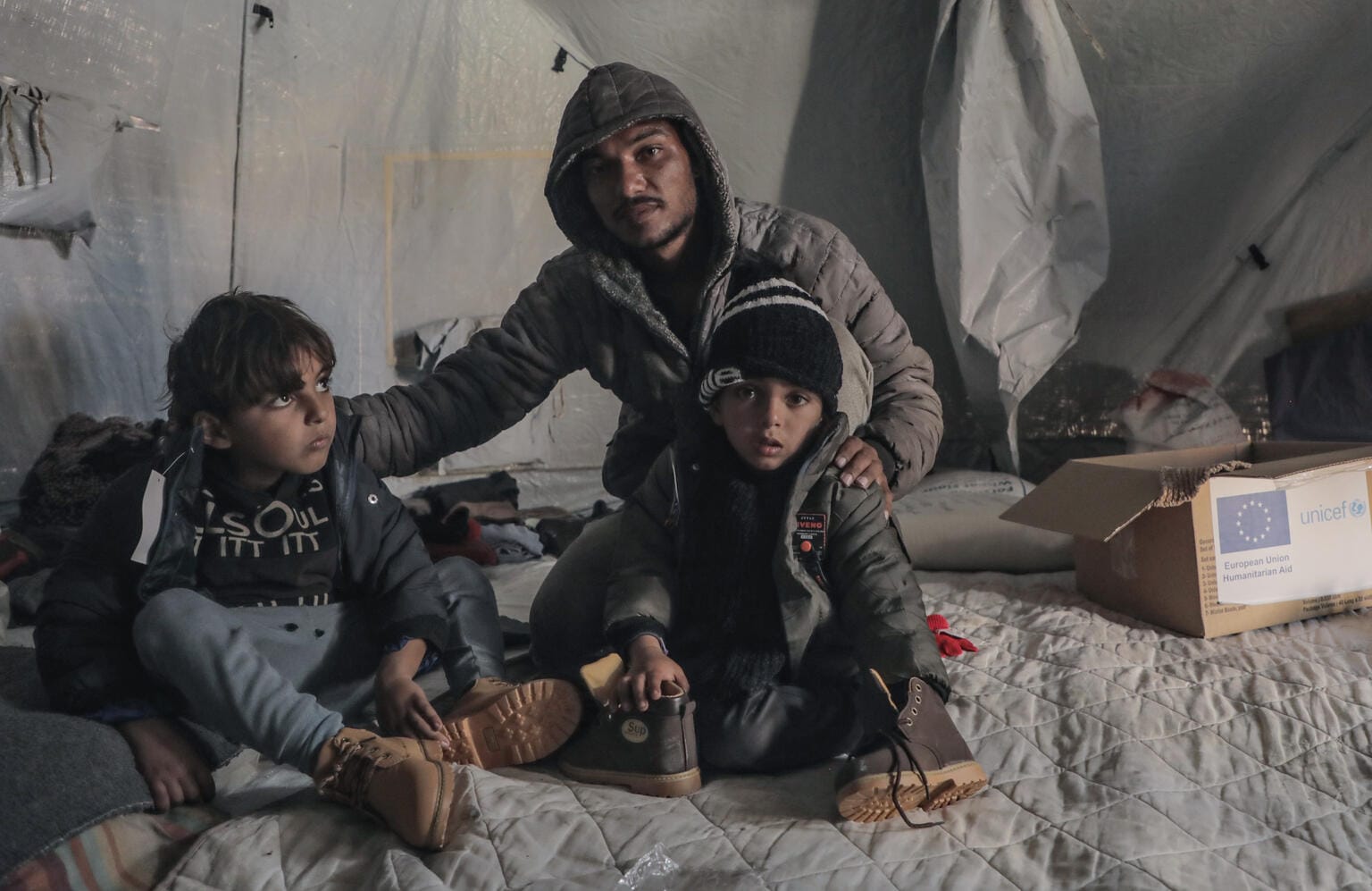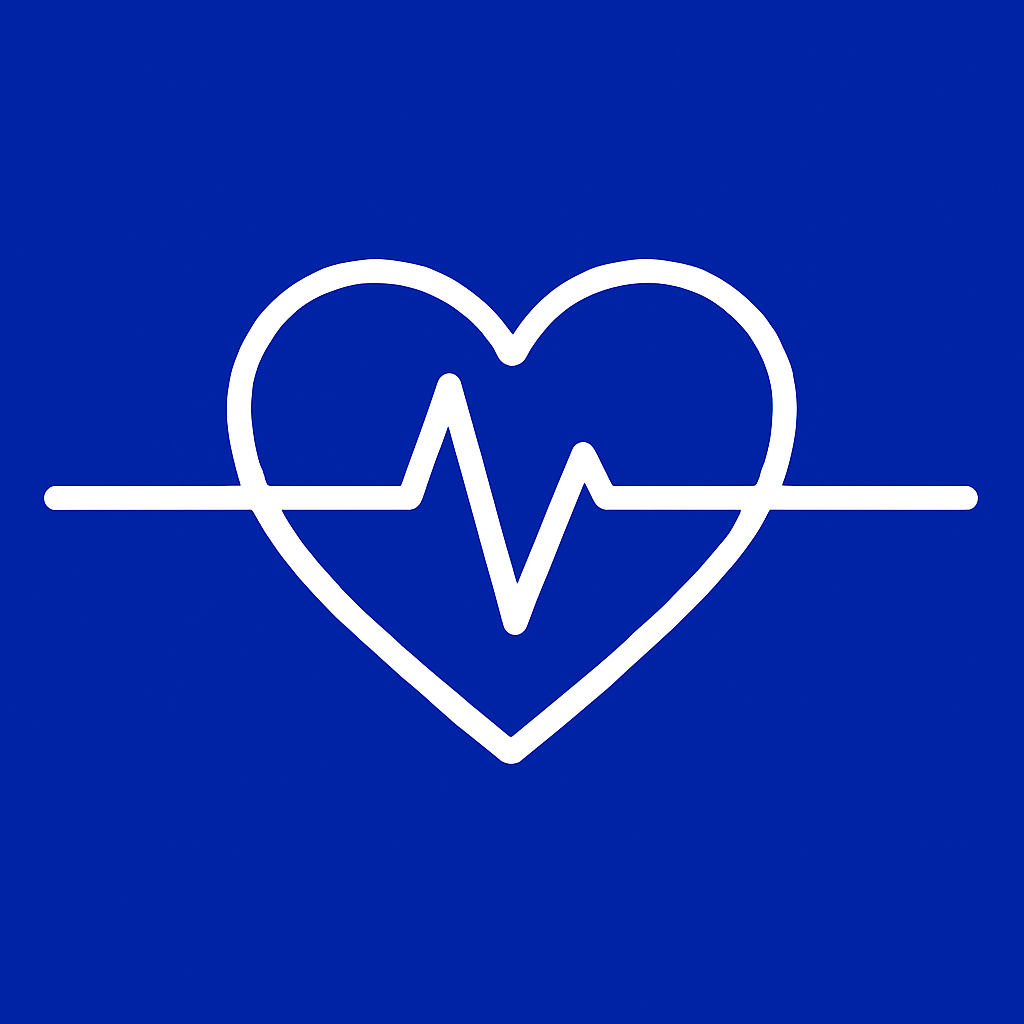Gaza’s health crisis will last for generations
Desperate situation underlines the need to for medical evacuation and a long-term plan to rebuild health infrastructure

Two years into the war and siege of Gaza, its health system lies in ruins. Hospitals are bombed-out shells, doctors work without anaesthetics, and children are dying of hunger and preventable disease. Aid agencies warn that even if the fighting ended tomorrow, the health consequences will endure for decades.
Hospitals under attack
Since October 2023, Gaza’s hospitals and clinics have been systematically dismantled. According to the UN and World Health Organization (WHO), at least 772 attacks on health care have been documented. Ninety-four percent of hospitals are damaged or destroyed and more than 1,500 doctors, nurses and paramedics have been killed.
“This is beyond politics; this is about care,” wrote doctors in The Lancet, in an editorial titled ‘Gaza’s healthocide: medical societies must not stay silent’. They articles calls on colleagues worldwide to break their silence: “The principle of medical neutrality, grounded in international humanitarian law, does not mean indifference… Let us be remembered for our solidarity, not our silence.”
Nowhere safe for children
The collapse of health care is nowhere more visible than in the lives of Gaza’s children. UNICEF spokesperson James Elder described the devastation in Gaza City after nearly two years of bombardment:
“Shoeless children push grandparents in wheelchairs around rubble. Amputee children struggle through the dust. Mothers carry children whose skin is bleeding from rashes. Children shudder at the relentless airstrikes.”
The question he hears most often is heartbreakingly simple: “Where can I go that will be safe?” His answer: “Nowhere. Nowhere is safe in the Gaza Strip.”
Hospitals that are still functioning are overwhelmed. At Al Helou hospital, the newborn ICU is overflowing. At Nasser hospital, three premature babies share a single oxygen line, each taking turns to breathe. “New mothers and vulnerable newborns lying on the floor,” Elder said. “In six missions to Gaza, I have never seen it like this.”
A generation scarred
The WHO estimates that nearly 42,000 people in Gaza are now living with life-changing injuries, including amputations, spinal cord damage and severe burns. One in four is a child. More than 167,000 people have been wounded since October 2023, with thousands requiring amputations. Yet Gaza has only eight prosthetists - the specialists who make and fit artificial limbs.
“The true rehabilitation burden in Gaza is far greater than the figures presented here,” warned Dr Richard Peeperkorn, WHO’s representative in the occupied Palestinian territory. With most rehabilitation clinics destroyed, patients face a future of disability, social stigma and untreated pain.
The psychological toll is equally severe. Families endure unrelenting trauma, displacement, and grief, while mental health services are almost non-existent. “Rehabilitation is vital not only for trauma recovery but also for people with chronic conditions and disabilities,” Peeperkorn said.
Beyond emergency aid
Humanitarian groups continue to deliver food, medicine and water when they can, but the needs far outstrip the supplies. UNICEF is providing malnutrition treatment, repairing water lines and offering trauma counselling, but the scale of deprivation is overwhelming.
For Gaza, the road to recovery will be measured not in months, but in decades. Hospitals will need to be rebuilt, staff retrained, and children given long-term psychological care. Amputees will require prosthetics and therapy for the rest of their lives.
The question now is whether the world has the will to sustain that support. As The Lancet warned, “Medicine is more than science—it is a moral duty. And when that duty is under threat, silence becomes betrayal.”
Updated 06/10/2025
Spokesperson on health and preparedness – Eva Hrncirova Answered a question on the EU-supported medical evacuation of Palestinian patients from Gaza. More than 300 patients have been evacuated so far, with support also extended to their relatives.
In a written response the spokesperson on health and preparedness, Eva Hrncirova said: “The EU Civil Protection Mechanism was activated (24 April 2024) upon request of the World Health Organization to medically evacuate Palestinian patients from Gaza to Europe. This is a targeted request for medical evacuation for a limited number of people, predominantly children. The EU’s Emergency Response Coordination Centre (ERCC) is continuously coordinating with Member States. The Commission cofinances the transport costs of patients together with the member state transferring the patient.”
Eleven EU member states (BE, DE, EL, ES, FR, IE, IT, LU, MT, RO, SK) have participated so far and three additional countries in the Union’s Civil Protection Mechanism (AL, NO, TR). So far, 321 Palestinian patients and 783 relatives have been evacuated, the most recent operation took place on 29 September 2025 to Italy.
